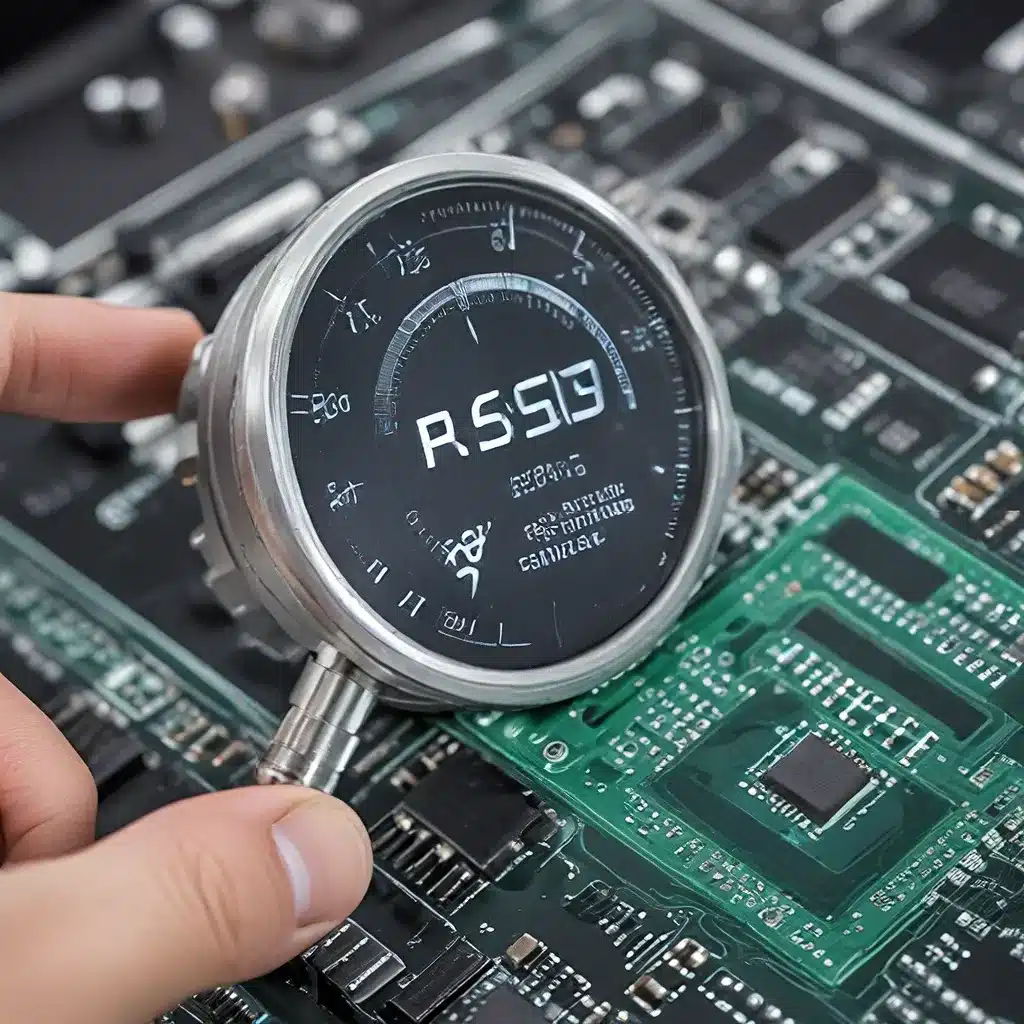
Unlocking the Potential of Sensor Networks
Sensor networks have become integral to the Internet of Things (IoT), enabling a vast array of applications that harness the power of data collection and analysis. From smart homes and industrial automation to environmental monitoring and public safety, these interconnected sensor systems are transforming the way we interact with and understand our surroundings. However, as sensor networks grow in complexity and scale, ensuring their long-term reliability and optimal performance has emerged as a critical challenge.
In this article, we’ll explore the latest advancements in sensor network design, focusing on strategies for evaluating and optimizing sensor performance over extended periods. We’ll delve into the importance of energy management, discuss security considerations for IoT applications, and examine case studies that showcase the real-world impact of these innovations.
Comprehensive testing and long-term evaluation of sensor networks are essential to ensure their reliability and resilience in the face of ever-changing environmental conditions and operational demands. By understanding the key factors that influence sensor performance, we can develop robust systems that continue to deliver accurate and reliable data for years to come.
Sensor Network Design Considerations
Designing effective sensor networks requires a delicate balance of technological, operational, and environmental factors. Sensor selection, network topology, and power management are just a few of the critical elements that must be carefully considered.
Sensor Selection and Calibration
The choice of sensors is a fundamental decision that can significantly impact the overall performance of a network. Factors such as sensitivity, accuracy, and reliability must be weighed against the specific requirements of the application. Proper calibration and periodic recalibration of sensors are also essential to maintain data integrity over time.
Advances in sensor technology have enabled the development of more precise, energy-efficient, and resilient sensors. These innovations, coupled with improved calibration methods, have been instrumental in enhancing the long-term performance and reliability of sensor networks.
Network Topology and Connectivity
The network topology plays a crucial role in determining the reliability, scalability, and efficiency of a sensor network. Centralized, decentralized, and distributed topologies each have their own advantages and trade-offs, depending on the application requirements.
For example, centralized topologies may offer greater control and data aggregation, but they can be more vulnerable to single points of failure. Decentralized or distributed topologies, on the other hand, can provide increased redundancy and resilience, but may require more complex coordination and data management.
Advancements in communication protocols and wireless technologies, such as low-power wide-area networks (LPWAN), have enabled seamless connectivity and improved range for sensor networks, further enhancing their scalability and reliability.
Energy Management Strategies
Power management is a critical consideration in sensor network design, as many applications require long-term, unattended operation. Strategies such as energy harvesting, duty cycling, and sleep/wake mechanisms can help maximize the energy efficiency and operational lifetime of sensor nodes.
Innovative energy storage solutions and power-efficient electronics have enabled the development of sensor nodes that can operate for years on a single battery charge or harvest energy from their surroundings. These advancements have been instrumental in extending the lifespan and reliability of sensor networks, reducing the need for frequent maintenance and battery replacements.
Security Challenges in IoT Sensor Networks
As sensor networks become increasingly integrated with the Internet of Things, the security of these systems has become a growing concern. Malicious actors can exploit vulnerabilities in sensor nodes, communication protocols, and data processing to gain unauthorized access, disrupt operations, or compromise sensitive information.
Encryption, access control, and secure firmware updates are crucial strategies for protecting sensor networks from cyber threats. Blockchain and distributed ledger technologies are also being explored as a means of enhancing the security and transparency of IoT sensor data.
Addressing these security challenges is essential for the widespread adoption and long-term viability of sensor networks, particularly in critical applications such as industrial automation, healthcare, and infrastructure monitoring.
Sensor Network Applications and Impact
Sensor networks have found applications in a wide range of industries, transforming the way we monitor, manage, and optimize various systems and processes. Here are a few examples of the real-world impact of these technologies:
Smart Cities and Infrastructure Monitoring
Sensor-equipped infrastructure, such as roads, bridges, and buildings, can provide real-time data on structural integrity, environmental conditions, and usage patterns. This information can be used to optimize maintenance schedules, improve public safety, and enhance urban planning.
Environmental Monitoring and Conservation
Sensor networks are playing a crucial role in tracking and analyzing environmental data, such as air quality, water levels, and wildlife populations. These insights can inform decision-making for environmental conservation, resource management, and disaster response.
Industrial Automation and Predictive Maintenance
Sensor-driven industrial automation systems can optimize production processes, reduce downtime, and improve product quality. Predictive maintenance algorithms, leveraging sensor data, can anticipate equipment failures and schedule maintenance proactively, leading to increased efficiency and cost savings.
As sensor networks continue to evolve, their impact will only become more profound, revolutionizing the way we interact with and understand our world. By investing in long-term sensor reliability and performance optimization, we can unlock the full potential of these transformative technologies and pave the way for a more connected, efficient, and sustainable future.